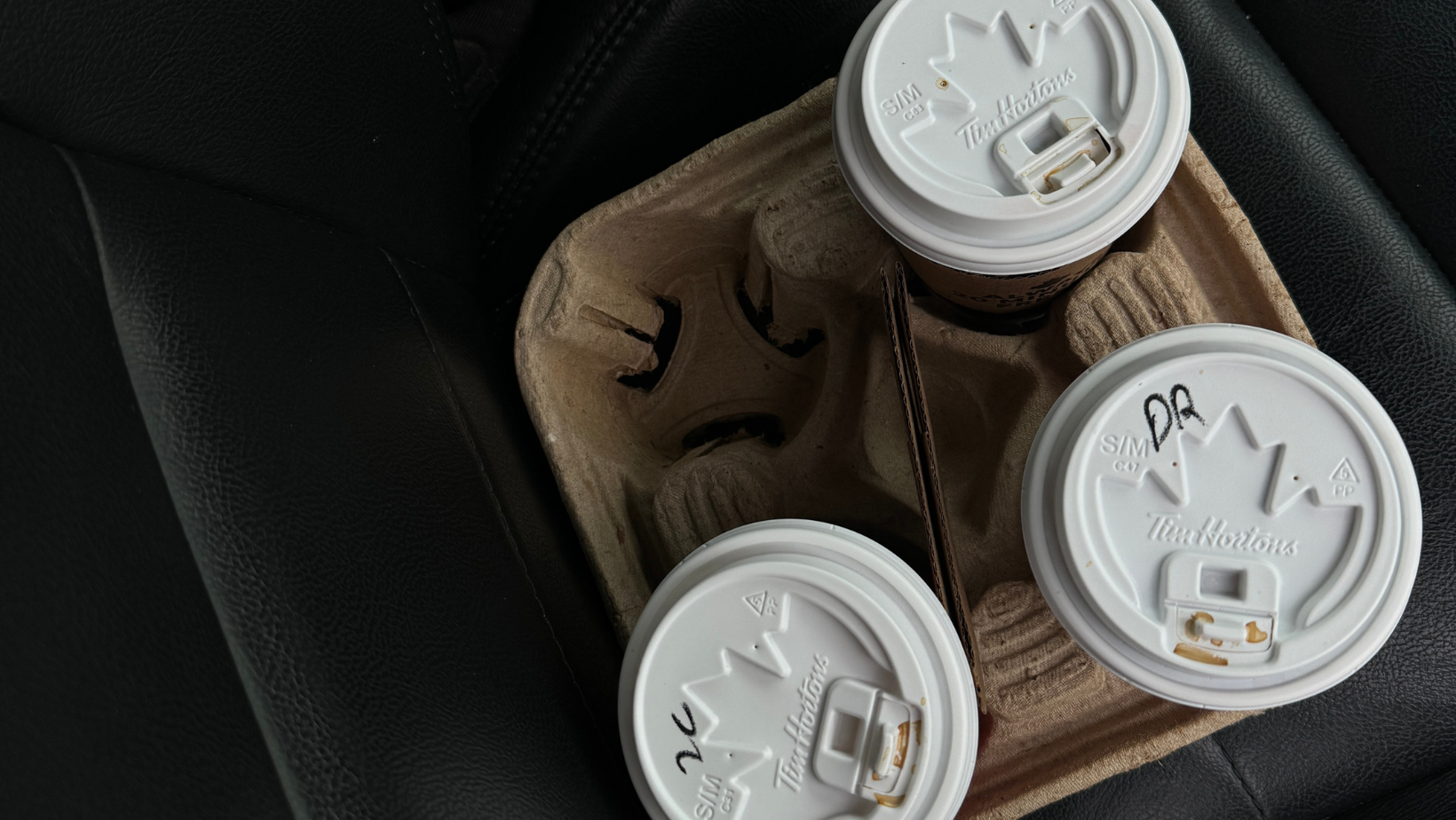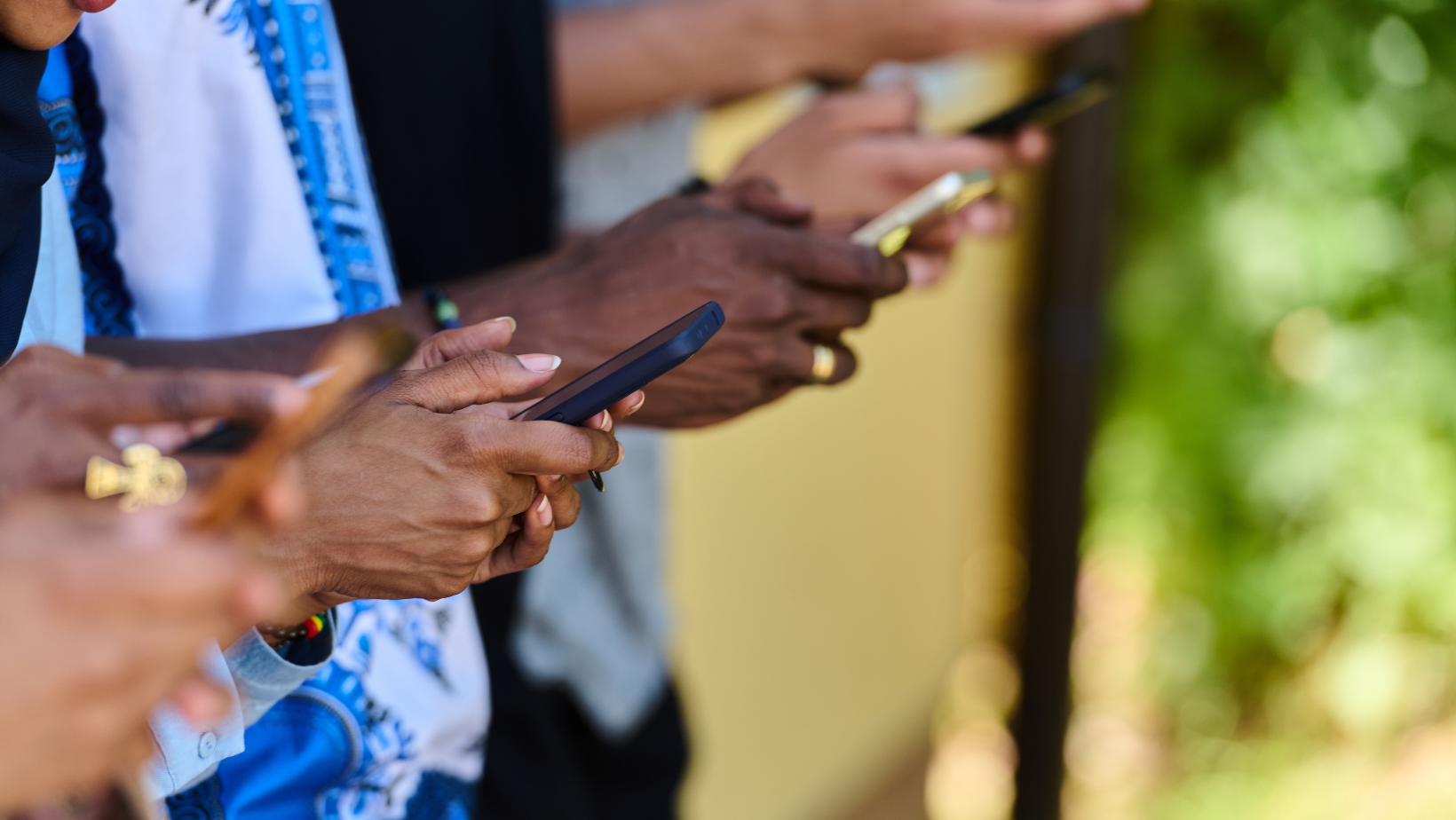Most award show moments are forgettable. Outfits are admired, performances are praised, and by the next day, the cultural spotlight moves on. But every so often, something cuts through the noise and sticks with us as viewers.
For me, that is the moment Doja Cat bit into her lipstick a few weeks ago on the VMA carpet.
It was bizarre, surprising, and instantly shareable; the kind of moment that makes people stop scrolling. But behind the shock was a carefully orchestrated strategy. The lipstick was made of chocolate, the stunt was intentional, and it led into the announcement that Doja Cat would be M·A·C’s newest global ambassador. What started as a single disruptive act quickly became a multi-layered conversation: stories about how the edible lipstick was made, analyses of the shades she actually wore, and ongoing discussion across social media.
The Cut called it “spon-con” — sponsored content that feels organic. And that distinction is key. Traditional product placement is about being seen. Spon-con is about being remembered. It’s about creating a moment that resonates culturally, sparks curiosity, and earns conversation, rather than relying solely on visibility.
The lesson isn’t that every campaign needs a shock factor. Not every campaign needs a gimmick. What matters is intentionality: creating work that fits the moment, surprises the audience, and earns genuine engagement.





